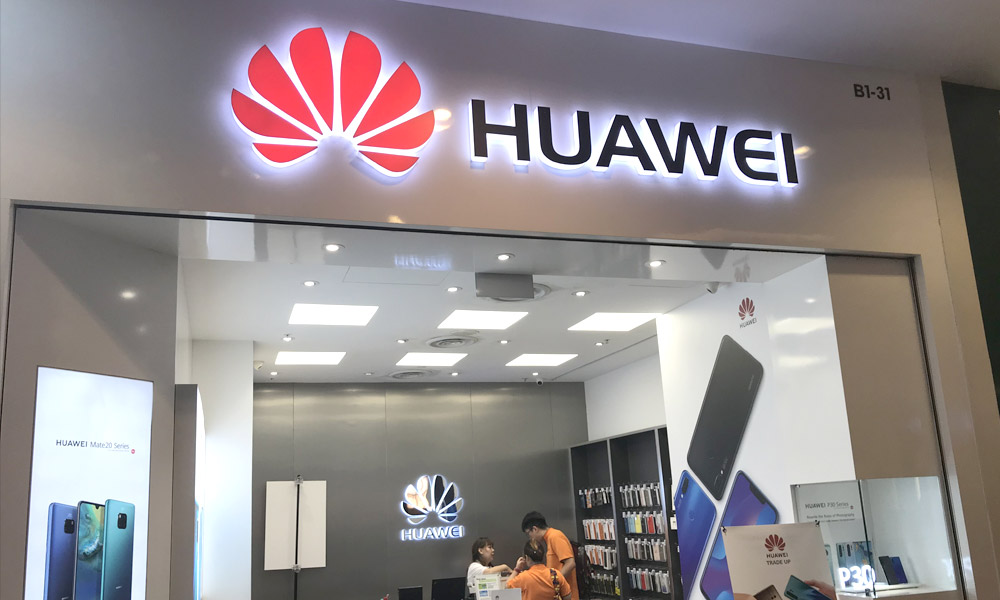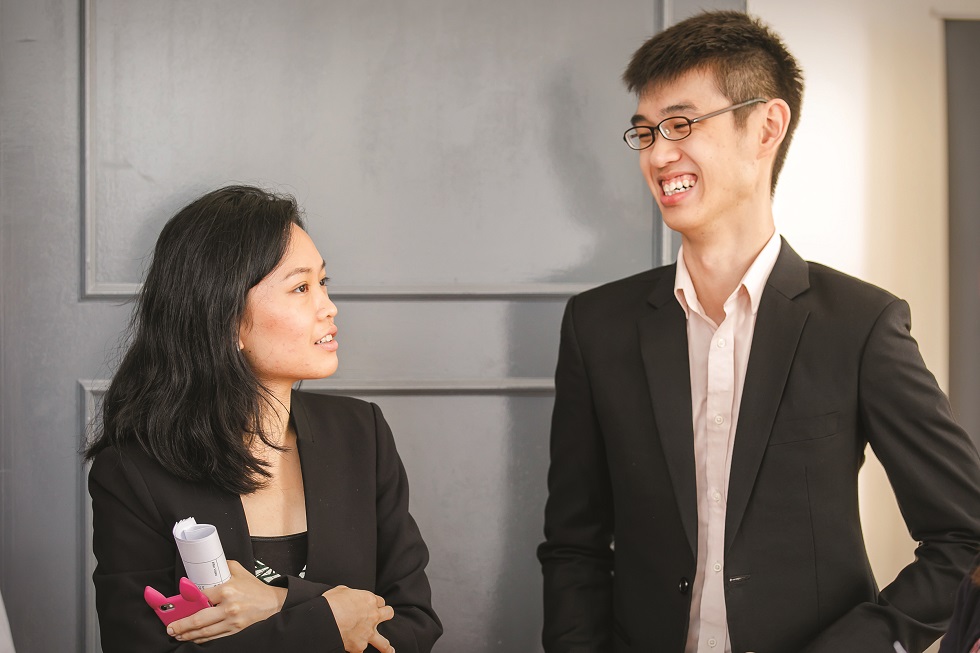By Cecilia Lim
Prior to the recent U.S. ban, Huawei was the second largest phone maker in the world. In 2018, Huawei sold 208 million smartphones, half of which were sold outside of China.
Huawei had captured 29% of the Europe’s smartphone market share by the end of 2018, according to a report by the U.S. market intelligence firm IDC.
Aside from its smartphone business, Huawei also seemed prepared to become an industry leader in 5G technology.
Despite its stellar growth, however, Huawei has long been beleaguered by a spate of tech theft accusations.
In an investigative article titled “Huawei’s Yearslong Rise Is Littered With Accusations of Theft and Dubious Ethics”, The Wall Street Journal uncovered a far darker side to Huawei’s success story.
These were some of the ways that Huawei stole technologies, according to the article:
1. Through its overseas employees.
Robert Read, a former contract engineer at Huawei’s Sweden office from 2002-2003, told The Wall Street Journal that “They spent all their resources stealing technology.”
“You’d steal a motherboard and bring it back and they’d reverse-engineer it.”
An example is the indictment against Huawei for engaging in a concerted effort to steal information about a T-Mobile phone-testing robot nicknamed “Tappy.” The robot, which mimics human fingers, was developed by the mobile carrier to test smartphones.
Although Huawei said the employees “acted on their own”, the email exchanges between Huawei China engineer and Huawei USA employees cited in the indictment revealed otherwise.
Examples of emails between Huawei China engineers and Huawei USA cited in the indictment.


2. Through acquaintances working at other tech companies.
In 2010, Motorola sued Huawei for stealing its technologies over a period of multiple years.
At the centre of this was Pan Shaowei, a former Motorola employee who was also a relative of Huawei CEO Ren Zhengfei.
Colluding with several other former Motorola employees, Pan allegedly transferred Motorola’s 3G base station SC300’s specifications to Huawei in secret.
Jin Hanjuan, one of Pan’s colleagues at Motorola, was arrested in February 2007. Jin was stopped by customs officials at Chicago’s O’Hare International Airport en route to Beijing, and more than 1000 documents containing Motorola trade secrets were found in her bag.
In 2012, Jin was convicted of stealing trade secrets and sentenced to four years in prison.
However, the lawsuit against Huawei ran into setbacks, and Motorola dropped the case in 2011.
Around this period of time, Motorola’s sale of its networking division to Nokia Siemens Networks was blocked by a prolonged antitrust probe by China’s commerce ministry. This was seen by analysts as an act of retaliation.
3. Targeting potential collaborators.
Five years ago, Rui Pedro Oliveira—a 45-year-old Portuguese entrepreneur from Porto—had invented a 360-degree smartphone-attachable camera.
Oliveira had hoped to make a fortune with his invention. An opportunity came when Oliveira secured a meeting with Huawei on May 28, 2014, with the help of a U.S. businessman.
The two were invited to discuss a licensing opportunity at Huawei’s U.S. headquarters in Plano, Texas. However, this was only the beginning of a nightmare for Oliveira.
After an initial meeting with four representatives from Huawei, during which Oliveira presented a 3D model of his invention and showed his design drawings, he was asked to return the next day to give the same presentation to Huawei technicians.
This, Oliveira said, seemed like a good sign, as most of the other companies he had previously pitched to never asked for a second meeting.
The next day, Oliveira gave the same presentation again, and was told that the company would consider his offer and get back to him soon.
However, the entrepreneur never heard back from Huawei.
Oliveira never thought much about those meetings until three years later, when a friend, who knew about his invention, told him to visit a website featuring Huawei’s new smartphone-attachable camera, the EnVizion 360 Camera.
Oliveira was shocked by the similarities between the EnVizion 360 Camera and his invention.
Following the shocking discovery, Oliveira entered into lengthy negotiations with Huawei. Yet, in March this year, Huawei counteracted by filing a lawsuit against him at the federal court in the eastern district of Texas, seeking a declaration that its EnVizion 360 Camera did not infringe upon his patent.
“I’m speechless. I didn’t know … how low [they] could go,” he told The Epoch Times in an extensive interview on the case.

Despite the many accusations, Huawei has persistently denied its involvement in any tech theft.
In an interview at Huawei’s headquarters this year, VICE news journalist asked Catherine Chen, Huawei’s Senior Vice President, “Does Huawei ever steal intellectual property?”
Chen replied, “Huawei highly values the protection of intellectual property rights because that’s the foundation of a high-tech company.”
Translated and adapted from a report by NTDTV.
Read our special report on Huawei:
















